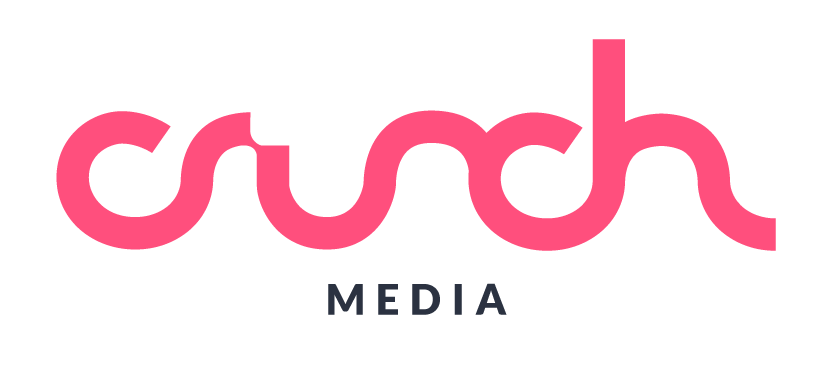How to utilise PayPal and conversion tracking.
Google Analytics and Tracking PayPal
For an eCommerce site, it’s a safe bet that you accept PayPal as a payment method. The issue is that the conversions are attributed to PayPal rather than your eCommerce site. The following step by step guide will help you track conversions paid for through PayPal, and make sure you are receiving those conversions too.
First things first, create a thank you page for successful PayPal Transactions that takes you back to your site and set this as a URL in PayPal (this is normally the point where the credit is given to PayPal).
Follow these steps and learn about the link between Google Analytics and Tracking Paypal:
- Access your PayPal Profile
- Within the ‘My Account’, click on ‘Profile’
(to find it in the new PayPal site, find ‘My Selling Tools’ under ‘My Profile‘)
- Under ‘Selling Preferences’ go to ‘Website Payment Preferences’
(or for the new PayPal ‘Website Preferences’)
- Then enable ‘Auto Return’ and enter your thank you page URL, adding ?utm_nooverride=1 to the end of it so conversions are attributed to the source of origin (your Site), rather than PayPal. (If you’re using Universal Analytics rather than adding ?utm_nooverride=1 to the end of your URL, you add paypal.com to your ‘Referral Exclusion List’ under ‘Property’ and ‘Tracking Info’ within the Admin Section).
www.lovesdata.com/blog/2010/tracking-paypal-with-google-analytics/?hvid=4n7ii6#.VjI3TPnhDIW
- Next, in order to get your google analytics ecommerce tracking working, you will have to enable ‘Payment Data Transfer’ – This rule will apply to all Auto Return Transactions unless specified otherwise in the button link for that website payment, so keep this in mind.
www.lovesdata.com/blog/2010/tracking-paypal-with-google-analytics/?hvid=4n7ii6#.VjI3TPnhDIW
- Next, create or modify your ‘Buy Now’
If you have to create buttons either leave the return URL or ensure your URL has ?utm_nooverride=1 at the end of it (Remember Universal Analytics does not need the ?utm_nooverride=1)
If you are modifying your current buttons, add (with the appropriate thank you page URL)
<input type=”hidden” name=”return” value=”http://www.site.com/paypal-thanks.php?utm_nooverride=1″>
before the element:
<form action=”https://www.paypal.com/cgi-bin/webscr” method=”post”>…</form>
(universal analytics still does not need the ?utm_nooverride=1 at the end of the URL)
- Last but not least, you’ll need to modify your thank you page, you will either need to use the POST or GET method in order to catch the PayPal data being transferred (you may need to talk to your web developer or IT person).
This will mean that google analytics will get the right information and put them in the code.
Total Price, Postage, tax, Transaction ID, Item name, quantity etc are all things you will be able to record.
It may be a good idea to trial all of this using PayPal Sandbox text accounts.
That is how you can connect Google Analytics and Tracking Paypal.
